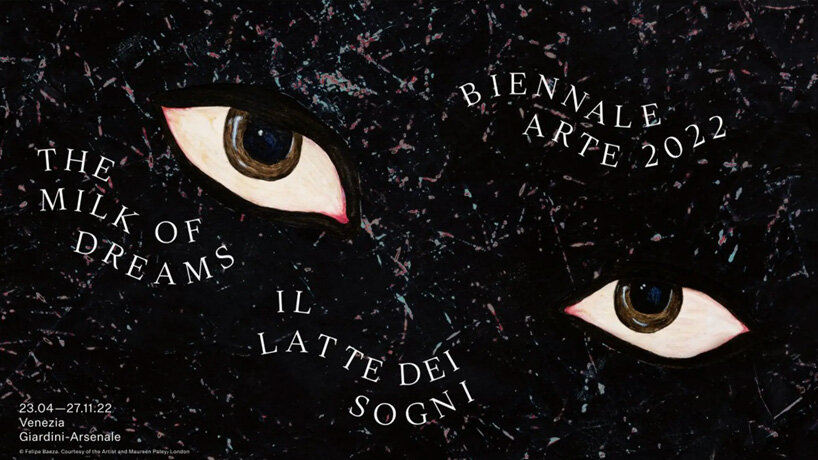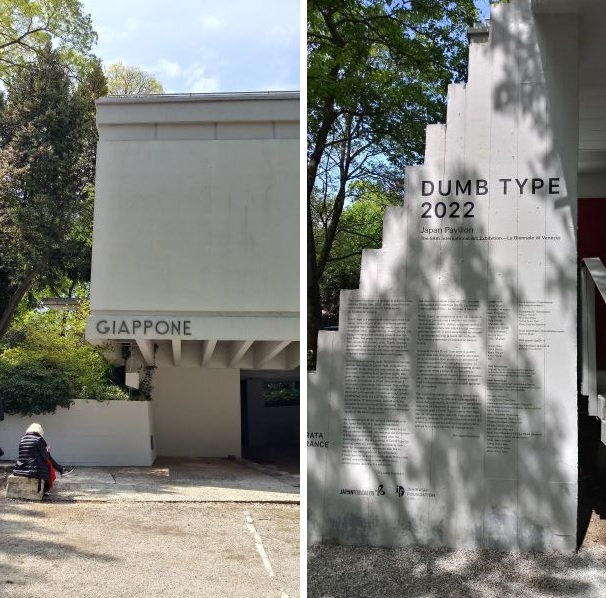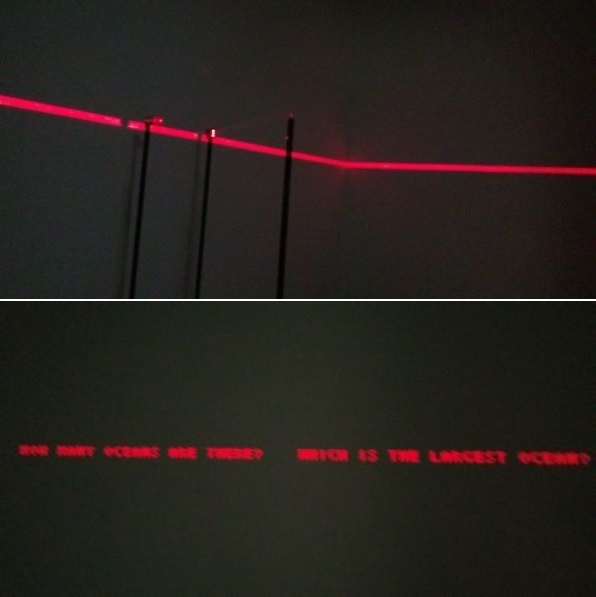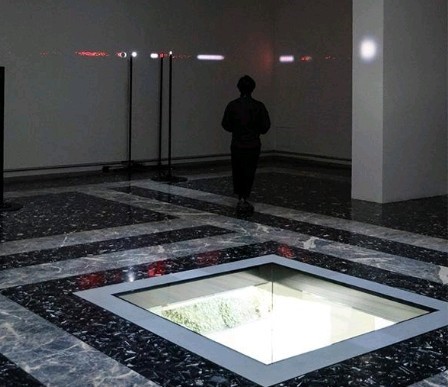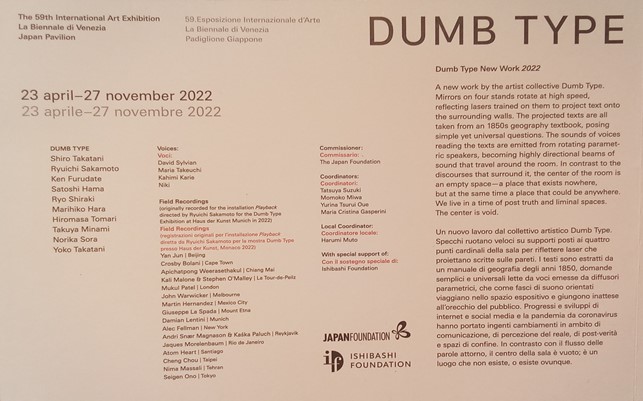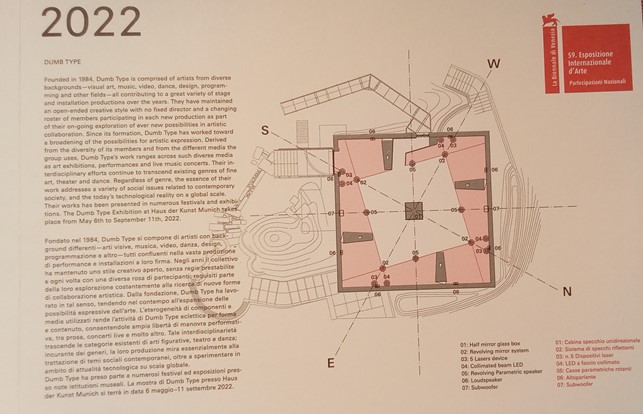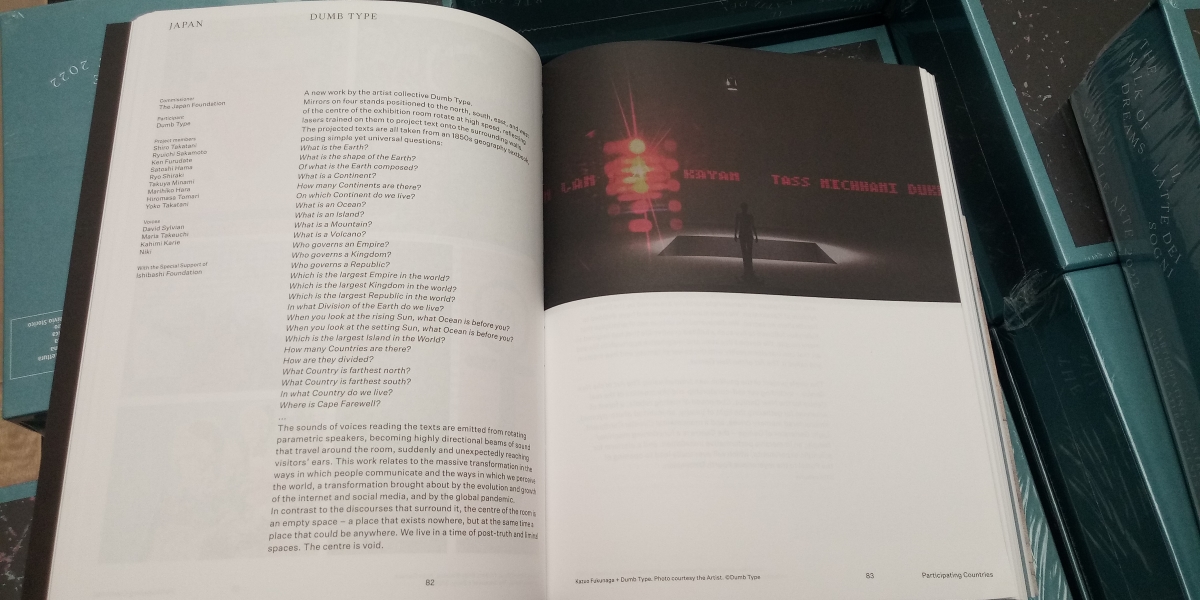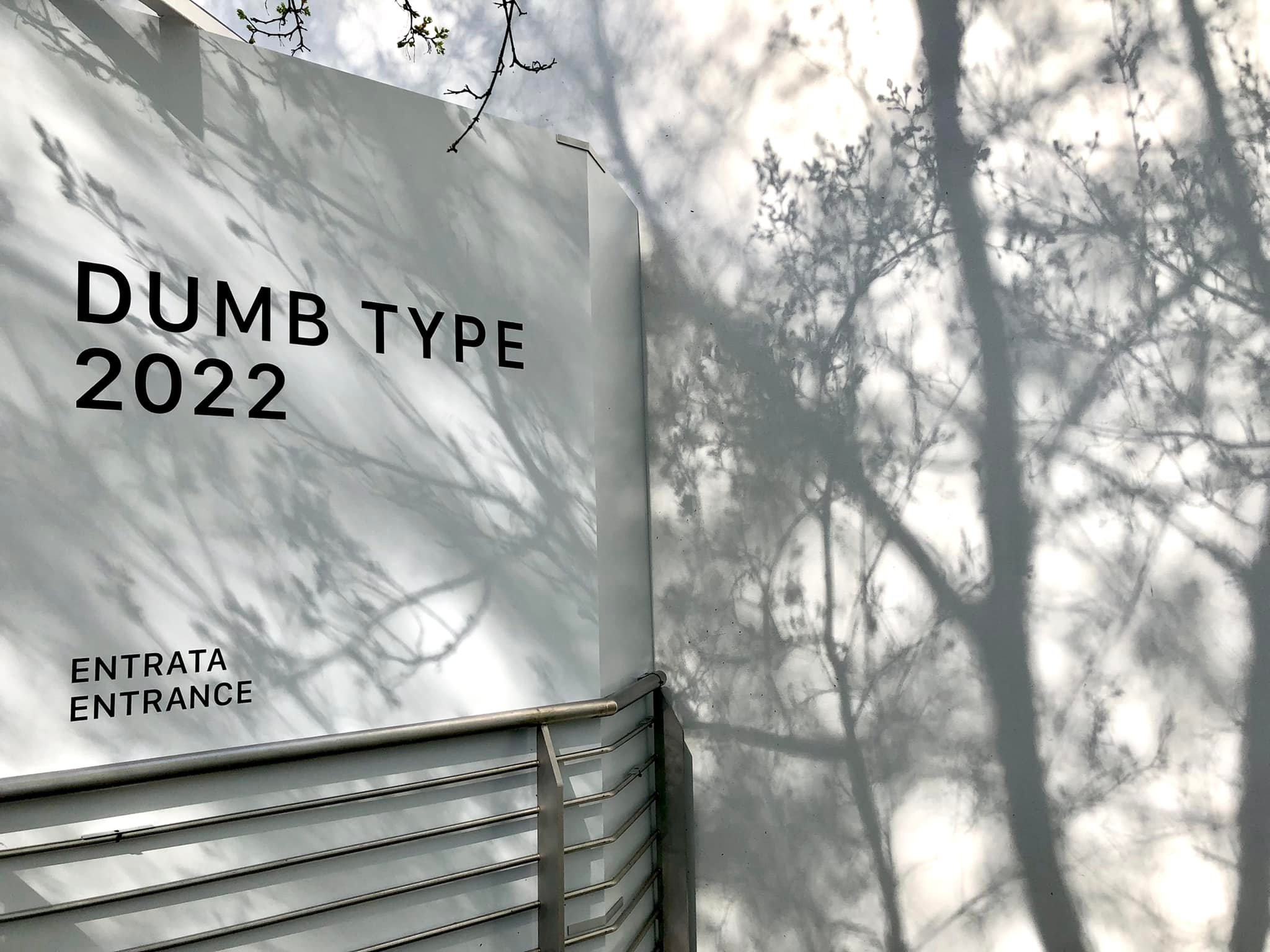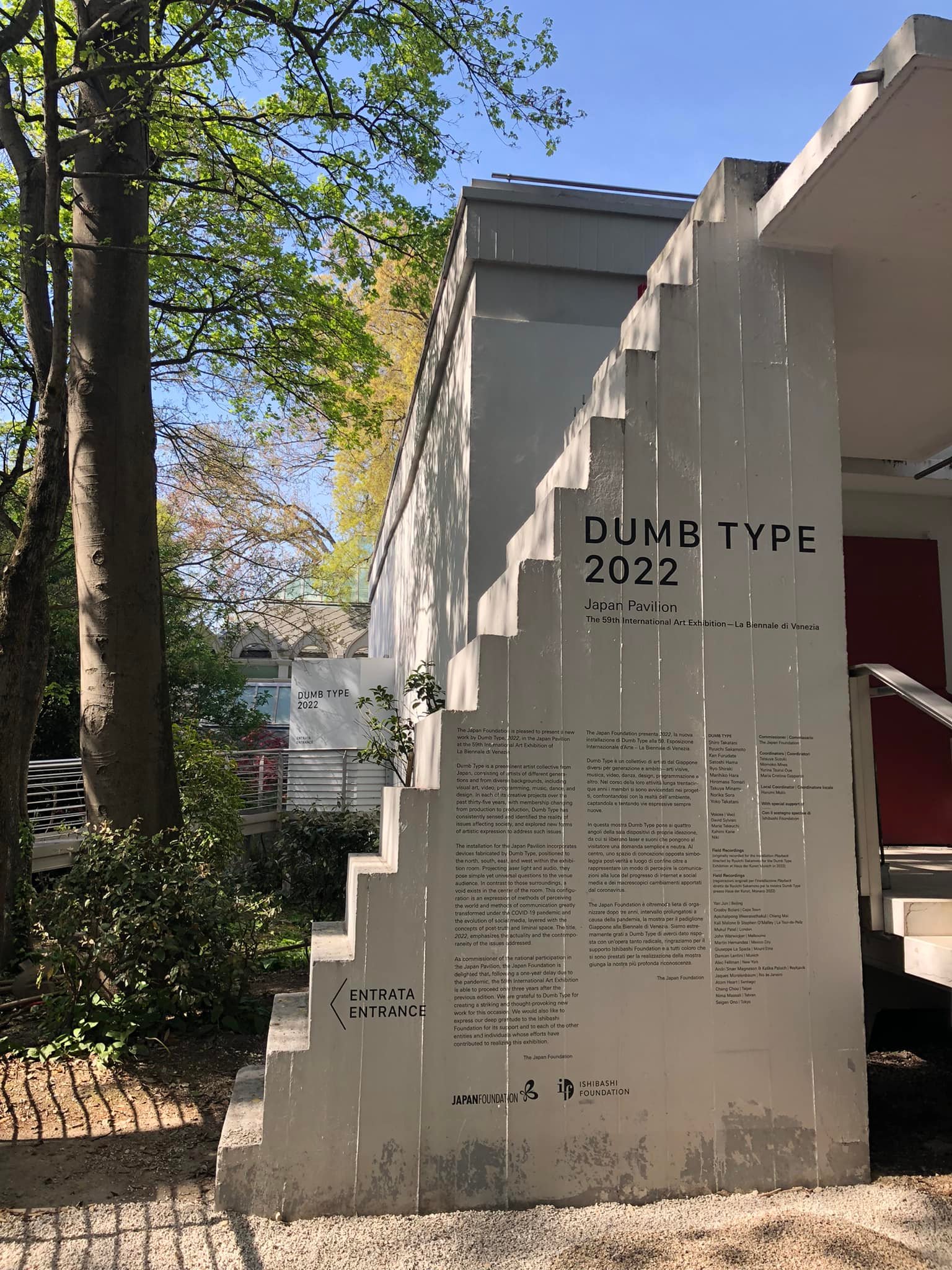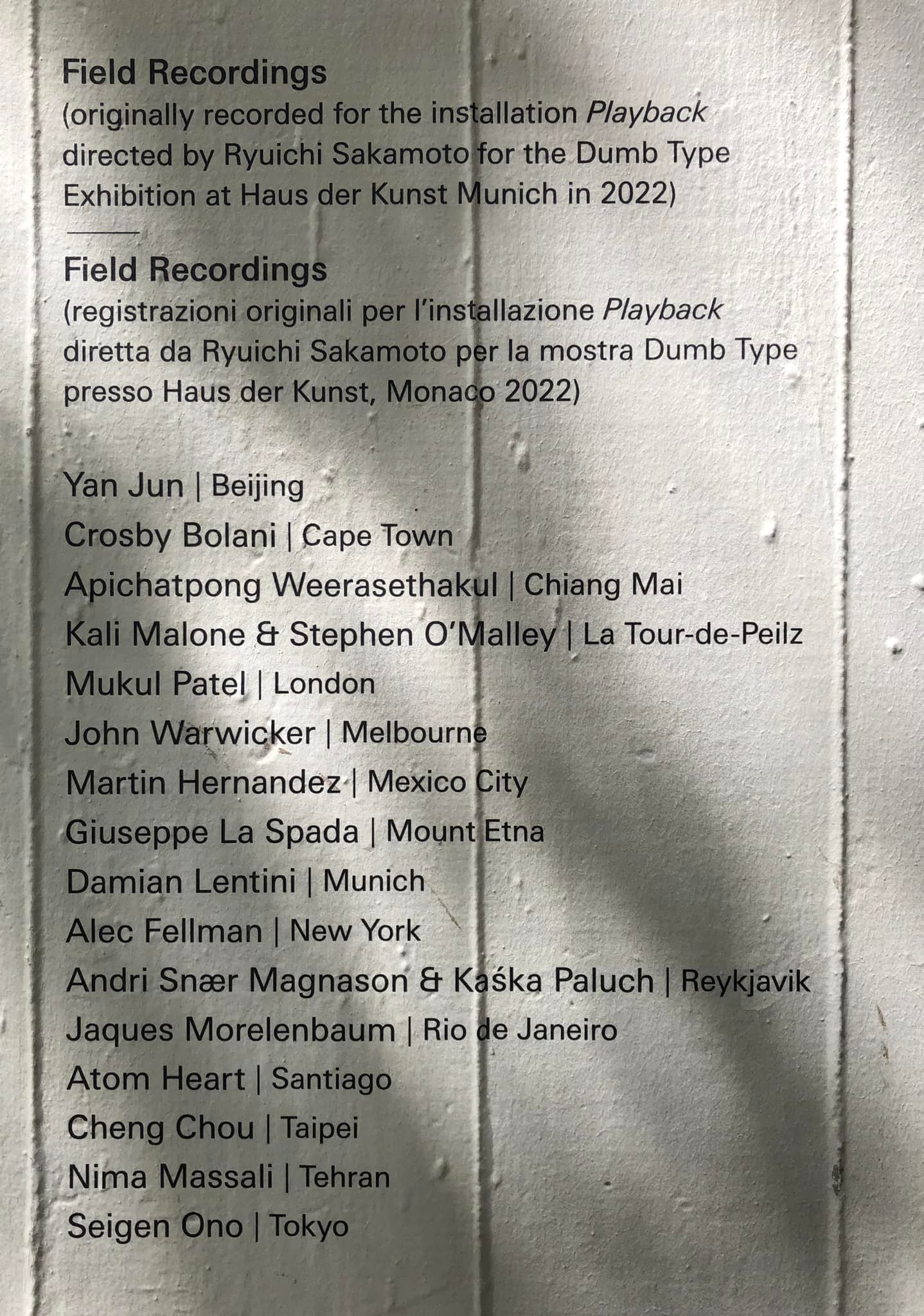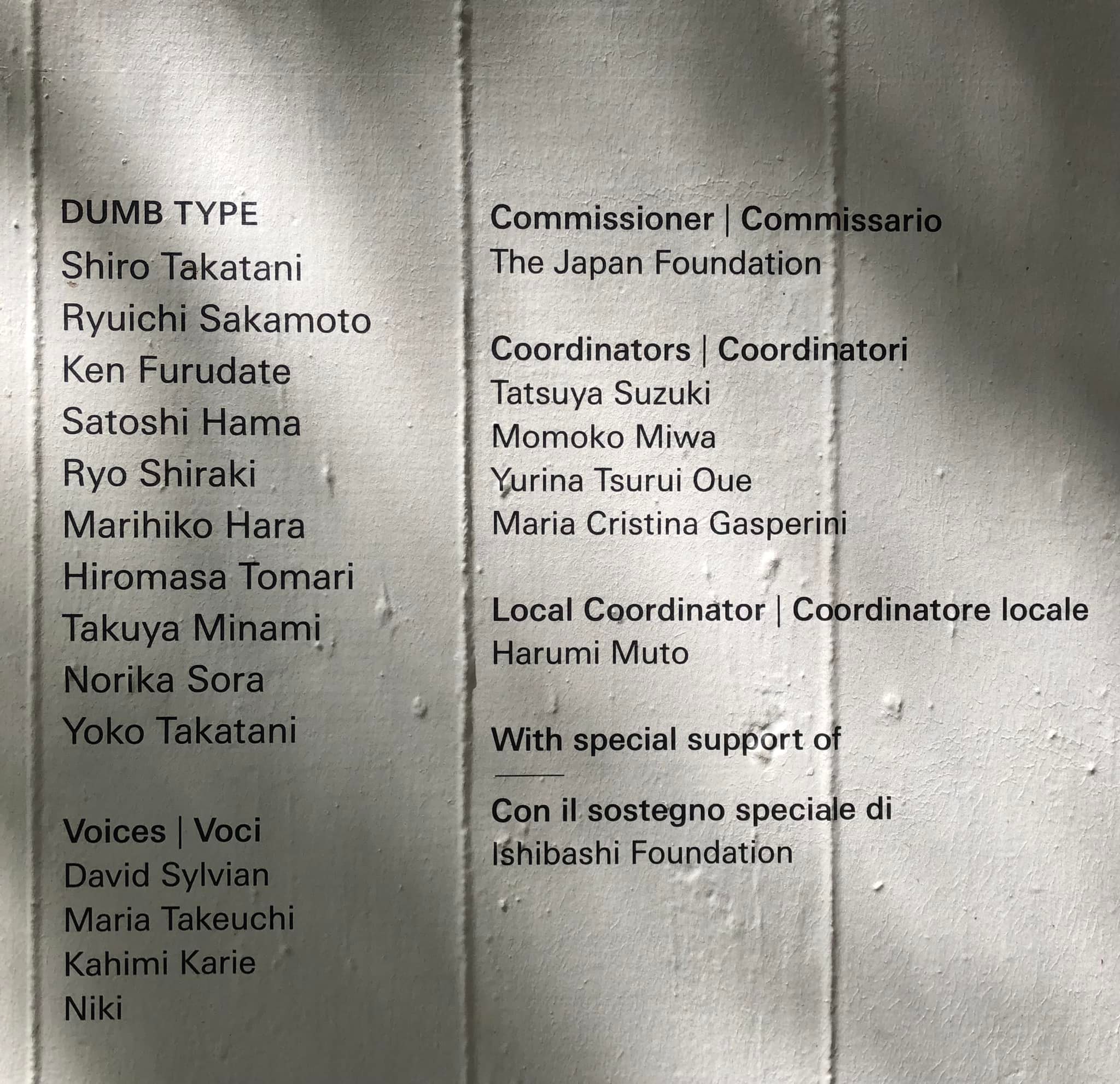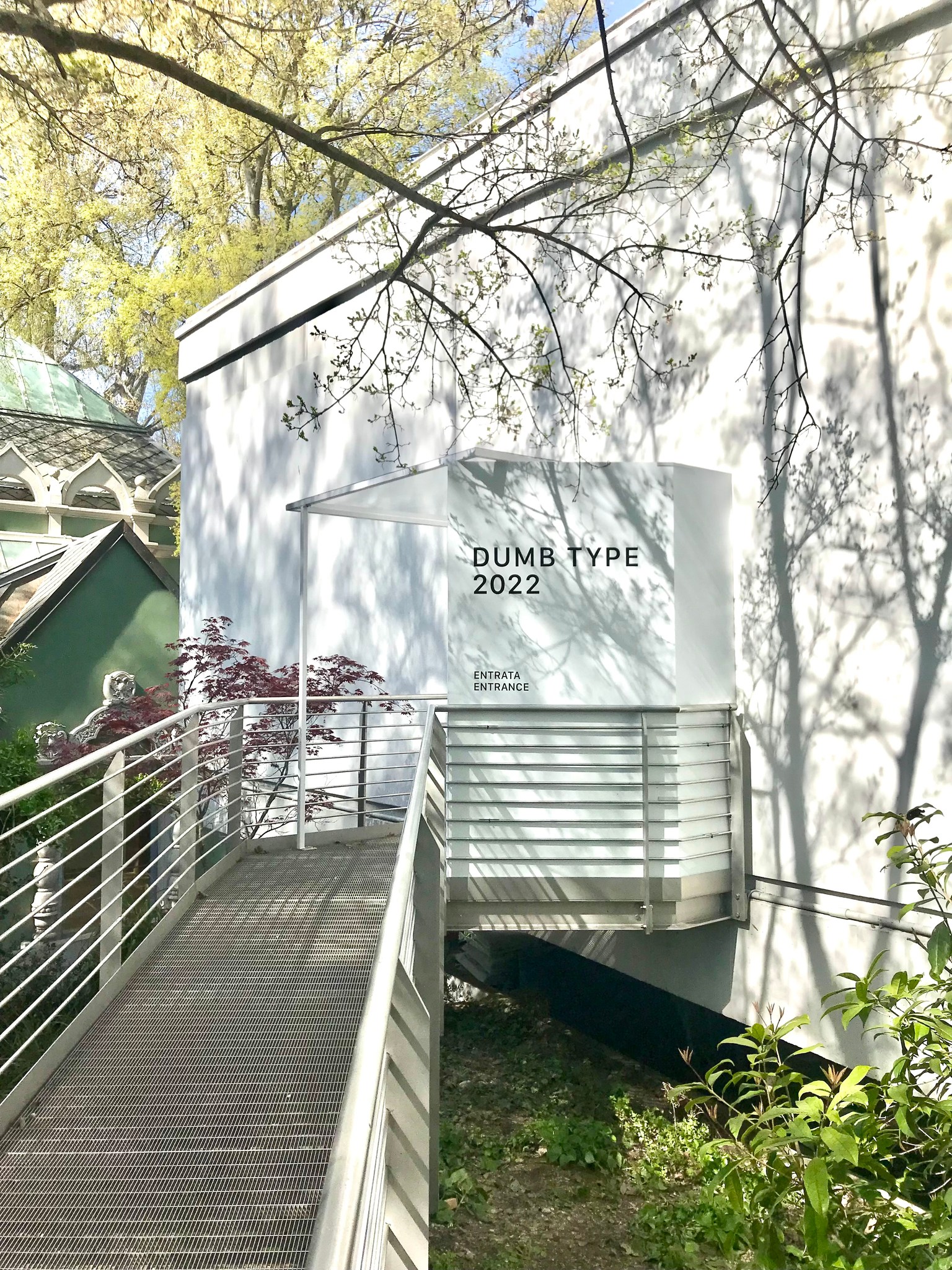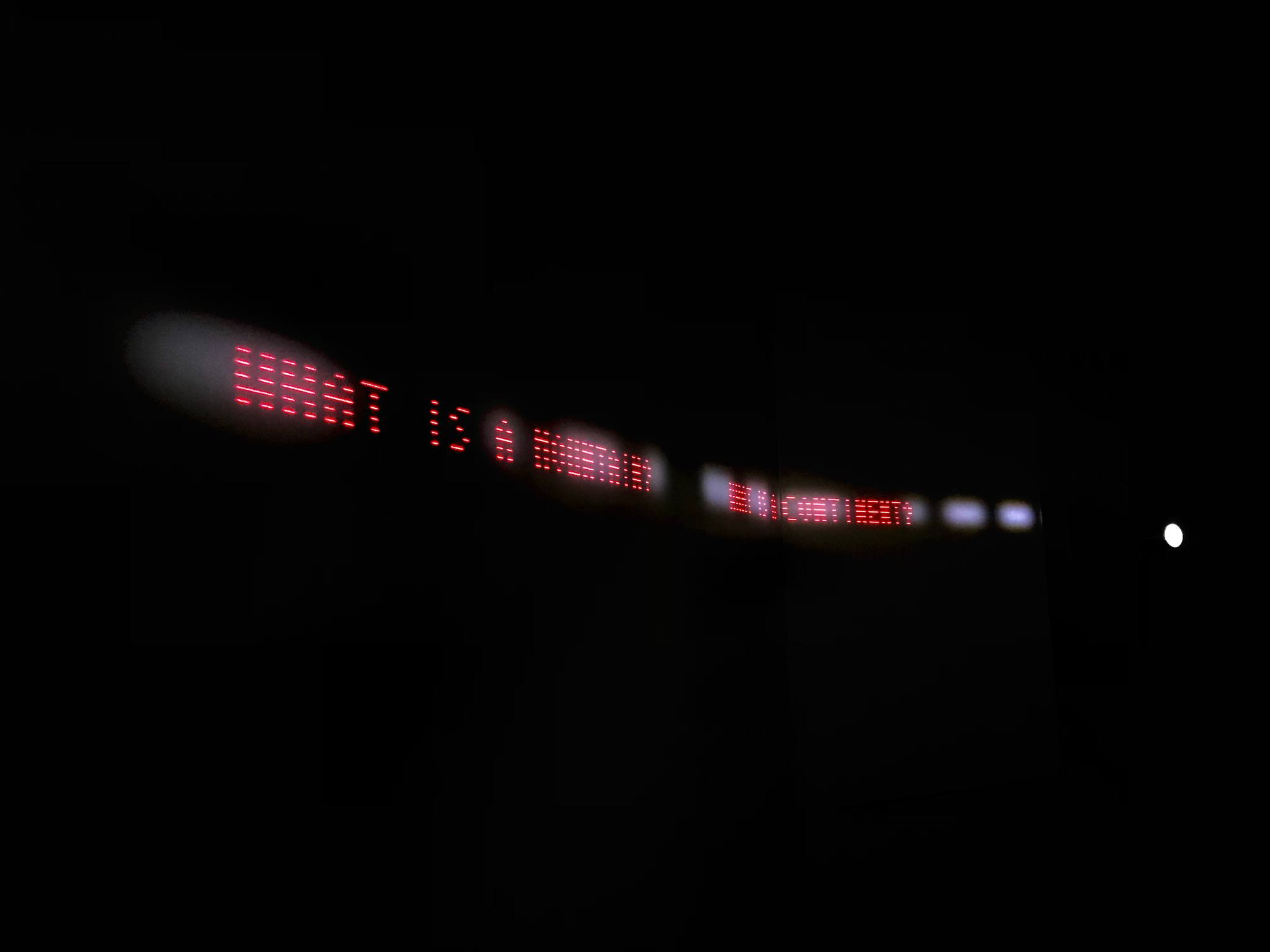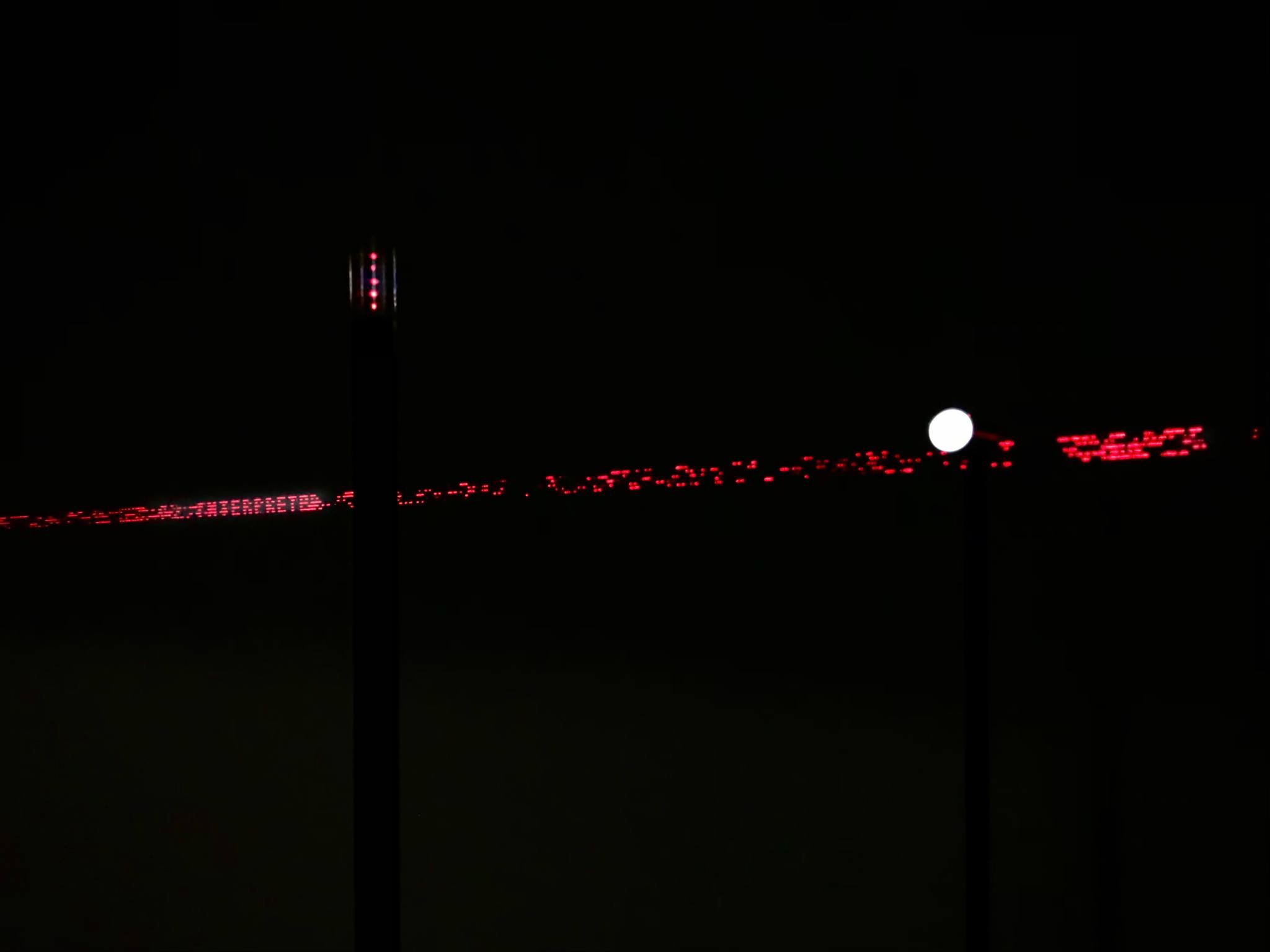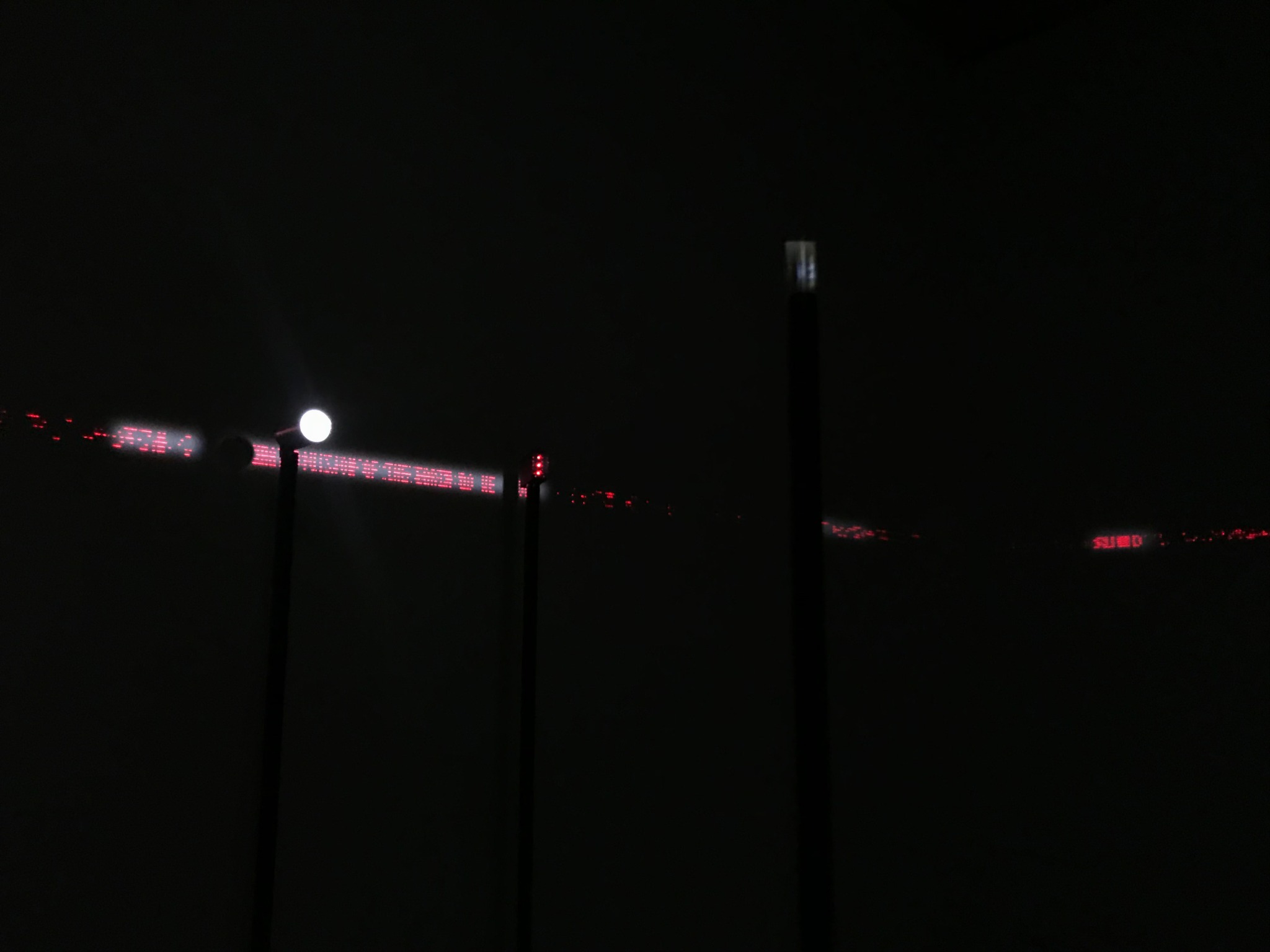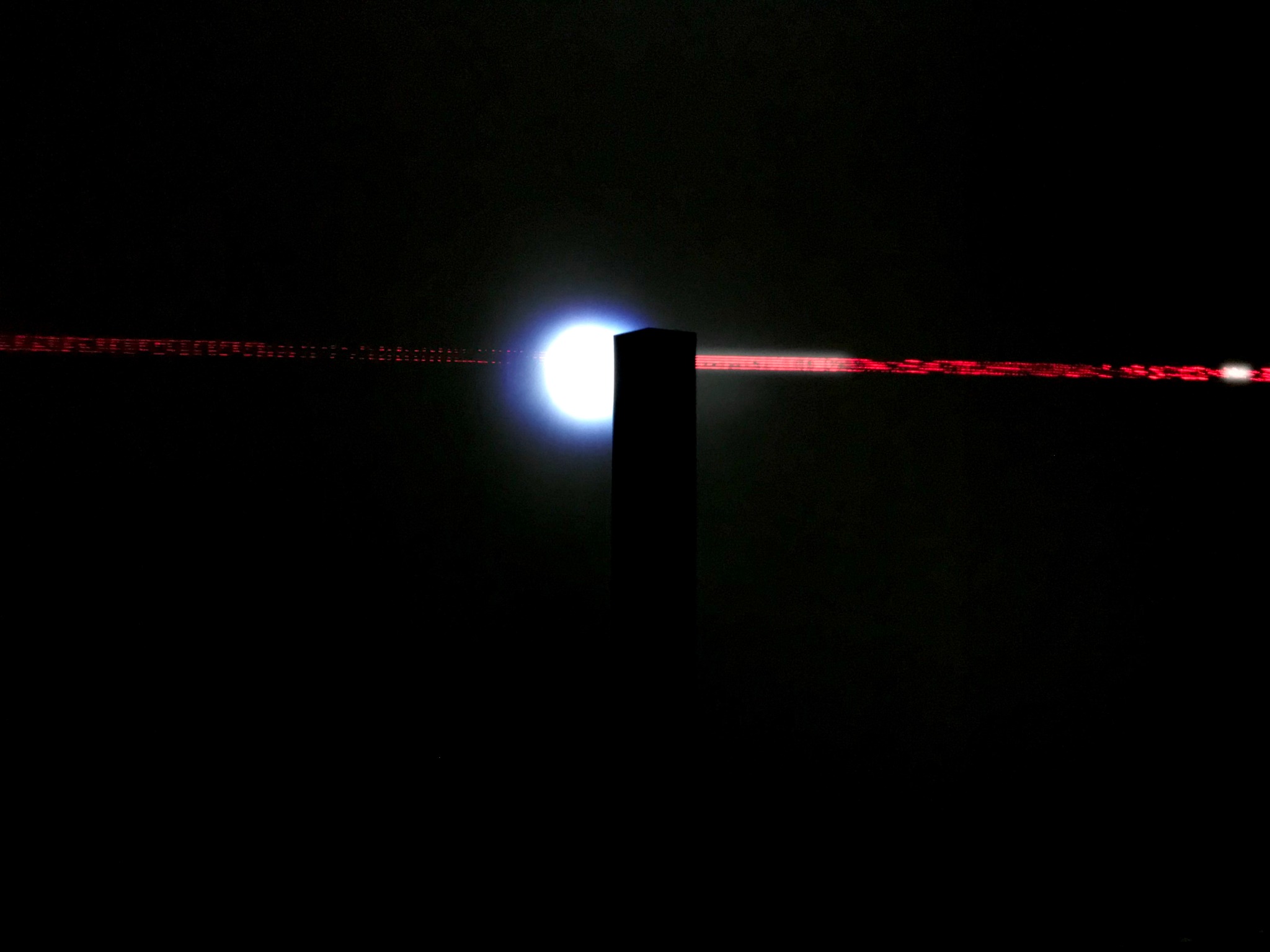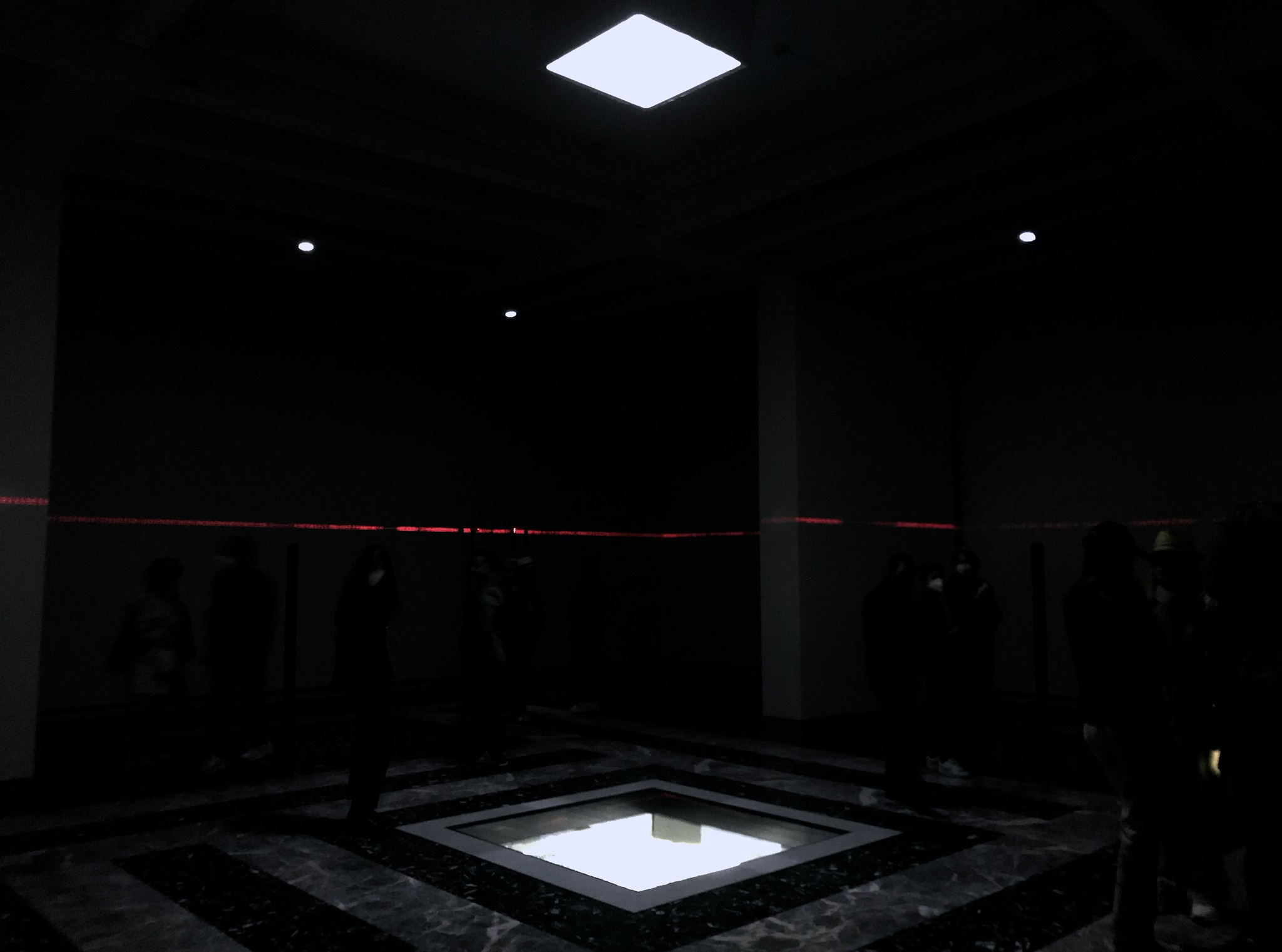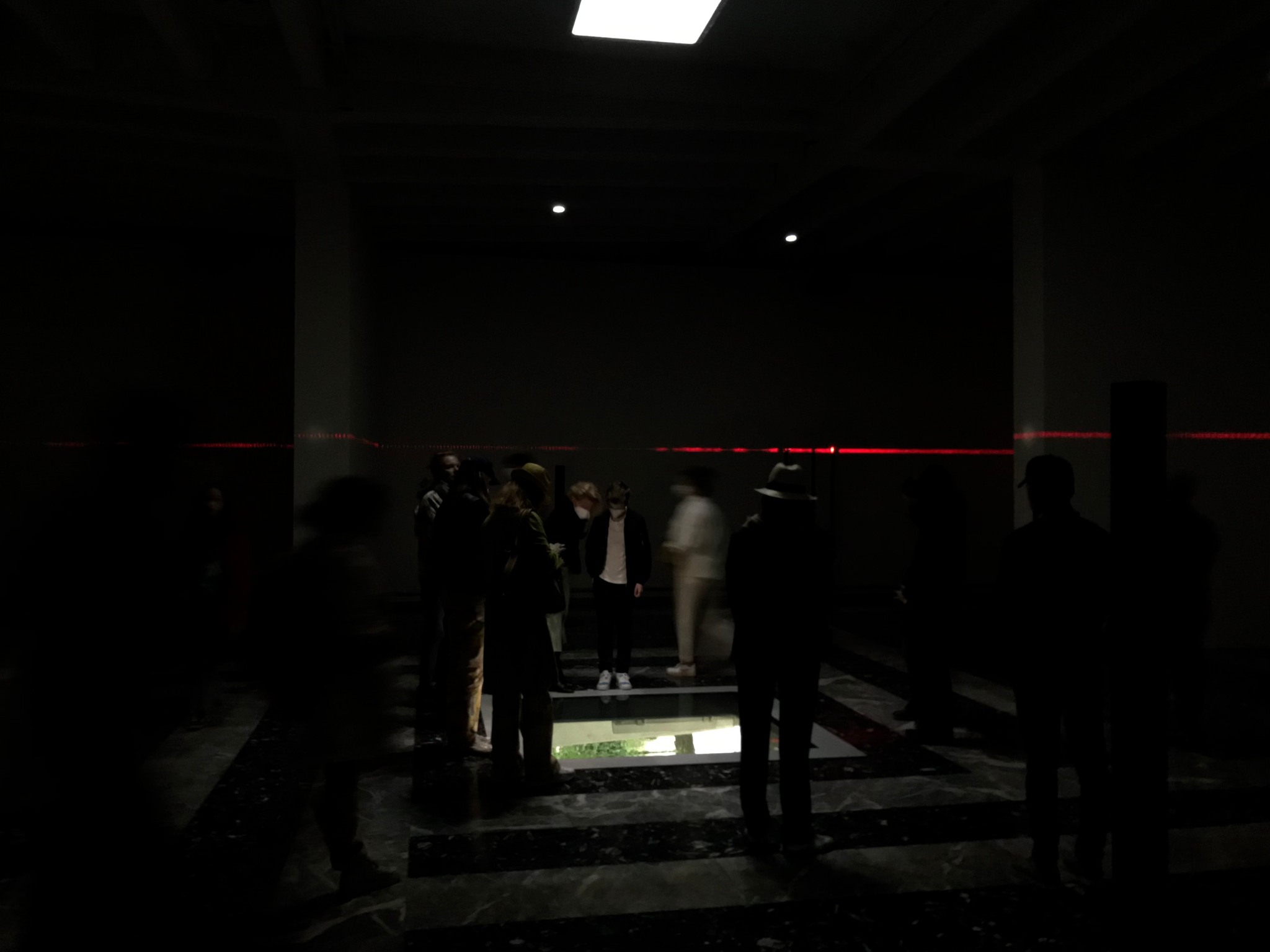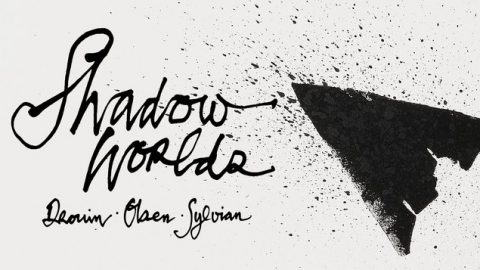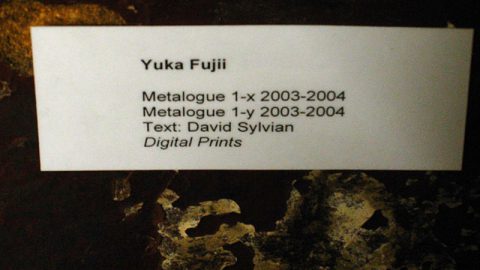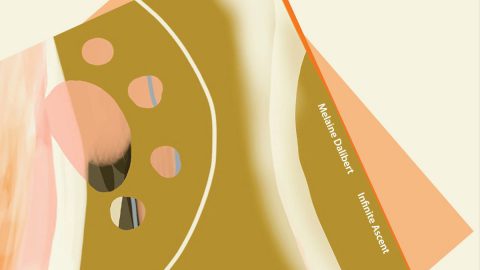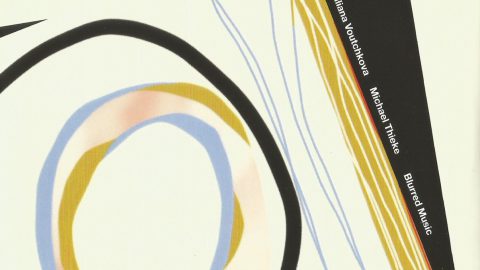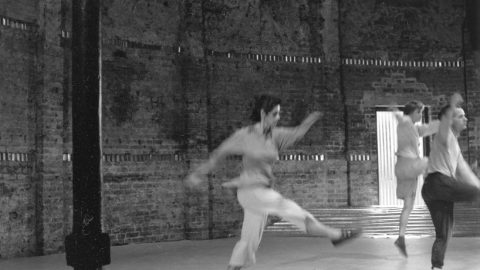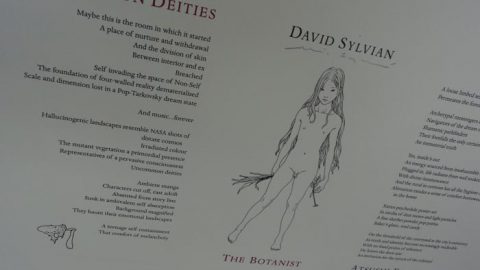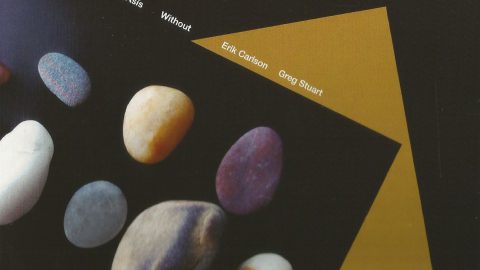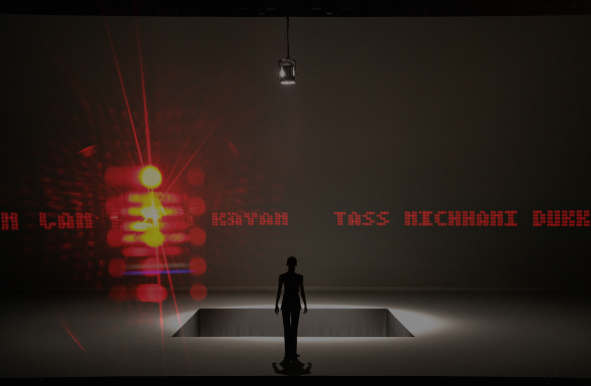
David Sylvian is one of the featured voices at the installation titled 2022 by Dumb Type in the Japan Pavilion at the 59th Venice Biennale from 23 April to 27 November 2022. David’s contribution was recorded earlier in 2022.
Marta Roia attended the opening weekend and has sent this exclusive review for this site:
Dumb Type 2022
La Biennale d’Arte – Venice – Italy
La Biennale is an Art Exhibition unlike any other, for the place where it is held – Venice – and for the permanent National Pavilions it has hosted since the end of the nineteenth century. The 29 Pavilions give visitors the possibility to encounter the current artists chosen by each country: it’s like touching the feeling each country has, the way they see the world in that very moment in time.
The First Biennale was held 127 years ago and in its current 59th edition, 1500 works of more than 200 artists from 58 countries will be displayed. It’s astonishing all the effort that is made every two years to conceive and organize everything.
The current edition started in January 2020, when its Curator, Ms. Cecilia Alemani – the first Italian woman after 125 years – was nominated for the challenging task.
She was already imagining herself traveling the world to discover and meet all types of artists, when the outbreak of the pandemic changed everything abruptly. She had instead to see herself caged inside her flat in New York, virtually meeting artists and their own works through a computer screen.
She defines this year’s exhibition as a physical one, extremely real, full of objects, which demands audience presence.
This is a direct result of pandemic times; what she missed the most in working remotely was the experience of being physically in front of the artistic work, to see it, to smell it, to touch it, to live it with her whole body, to do all these activities together with friends, colleagues and other persons.
This year’s exhibition title, The Milk of Dreams, comes from a children’s book by Leonora Carrington, a surrealist artist: in there she tells of a magic world where life is constantly re-envisioned through the prism of imagination, a world where everyone can change, be transformed, or become something or someone else.
There are three main concepts of this year’s Biennale: the representation of bodies and their metamorphoses, the relationship between individuals and technologies, the connection between bodies and the Earth.
The exhibition has its own roots in post-human thinking and in the words of philosopher Rosi Braidotti such as the end of the modern Western vision that sees the human being as the universe unmovable centre and measure of all things.
Many female and male artists are envisioning a new communion between different species, disobedient and fantastic bodies, porous and hybrid beings.
For the fist time in 125 years, the majority of the artists at La Biennale are women and non-binary individuals, who are causing man – as universe cornerstone – distress. This female presence reflects the actual effervescence in worldwide arts.
When a journalist at the press conference asked the Curator which are her success parameters for this exhibition, she replied: ‘It’s a success that it’s open, and that you are here, because the last two years have been very hard. It’s a success that there will be bodies inside the exhibition that will see in person these beautiful works. It’s a success being able to meet each other in Venice after two years of isolation and many difficulties, experiencing together the art through our bodies: for me this is the biggest success. I really hope that this place will become the platform for a dialogue between people all over the world.’
Inside this humus of thoughts and feelings, Pavilions blossom and present their works. The Japan Foundation commissioned a new project to Dumb Type, a group of artists from diverse backgrounds – visual art, music, dance, design, programming and other fields – that transforms itself through time and projects; the group that created current work (Dumb Type 2022) is composed by: Shiro Takatani, Ryuichi Sakamoto, Ken Furudate, Satoshi Hama, Ryo Shiraki, Marihiko Hara, Hiromasa Tomari, Takuya Minami, Norika Sora, Yoko Takatani. What they created involves visuals, sounds, field recordings, music, voices.
Here is the artists’ statement:
Dumb Type is a system.
Since our founding we have welcomed the participation of various members, engaging in collaborations through a flat and non-hierarchical relationship without a typical director figure, expanding the scope of our activities.
Dumb Type continues to further expand.
Dumb Type turns an observant eye to:
Nature
Technology
Society
Human beings
The era of post-truth
“The place beyond truth”
“The holes of time” post-truth
To question “Truth” itself
In a world of fragmented chaos in which the systems we believed in are on verge of collapse, what had once appeared to be fact now seems uncertain, and people assume what they want to believe in as being the “truth.”
“Truth” is no longer “Truth” as it used to be.
The “Future” is no longer the “Future” as it used to be. “Hope” is no longer “Hope” as it used to be.
“Happiness” is no longer “Happiness” as it used to be.
We must continue to question how to perceive spaces of discourse on the internet = post-truth, and ask ourselves “How should we understand the present, live our lives, and die?” while revisiting “norms” through a pure and unfaltering gaze in the context of an information environment where words are like fog and have lost their weight.
(source: The Japan Foundation)
What do you physically meet when you approach the Japanese Pavillion?
A panel welcomes you outside the architecture that hosts the installation: it presents the artists, their work and all the credits. Heading to the entrance, you see a black wall which assists your eyes to adapt to the darkness inside. The space you enter in is a large square room with a single glowing line that runs through the four walls at a height of about 2 metres from the ground. Then you hear unidentified sounds which reach you from different corners. The running line on the walls constantly changes itself, from being a white thick line, to red letters forming words and then sentences, to white short lines interposed with points like a sort of a forgotten Morse code.
As the visual changes its shape, the sound does so too, and from field recordings it gradually switches to harmonies and music: it’s here that you start to recognise Ryuichi Sakamoto and his musical poetry; then the sound installation changes again hosting a female voice that whispers single letters, then words, then some brief sentences. Interspersed with this female voice, very attentive ears can grasp a familiar voice, David Sylvian’s, which pronounces some discreet and subtle sounds as the fluttering wings of a butterfly.
Projected sentences come from a nineteenth century geography textbook; some of those phrases are copied here after:
What is the Earth?
What is a Continent?
On which Continent do we live?
What is an Ocean?
What is an Island?
What is a Mountain?
Who governs an Empire?
Who governs a Republic?
When you look at the rising Sun, what Ocean is before you?
What Country is farthest north?
In what Country do we live?
Where is Cape Farewell?
(source: La Biennale main catalogue)
You physically experience the lack of clarity in what is presented to you: you try to read the words and they start to fade transforming themselves in something else, more out of reach than before; you try to listen to what it is said, but this too slips away as sand in your hands; what remains to you is to approach the centre of the room and look through the square glass on the floor. What will you see? A deep void in a game of mirrors. Is this the unknown? Has the time come to find the truth in ourselves?
Thank you to Marta for sharing her experiences of the festival and the Dumb Type installation.

